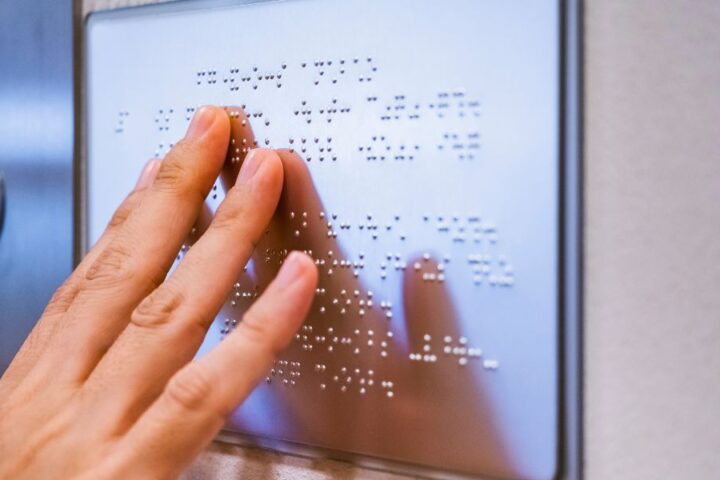Statistically, women are more likely to initiate the end of their marriages compared to men. This significant discrepancy in divorce initiation raises questions about the reasons behind this trend and whether it will persist in the future.
Making the decision to end a marriage is a difficult process that often involves extensive deliberation, and it is evident that women play a dominant role in catalyzing divorces, particularly in Western heterosexual relationships. This article explores the factors driving women to take this first step, and highlights some key statistics.
The Prevalence of Women Initiating Divorce
In the United States, statistics show that women initiate approximately 70% of divorces. Similarly, in the United Kingdom, statistics from the Office for National Statistics reveal that women filed for 62% of divorces in England and Wales in 2019.
Although the 2023 Forbes report on divorce statistics shows the gap between the male and female divorce initiation rate is narrowing, women still initiate an overwhelming majority of divorces.
Financial Independence
The high rate of female-initiated divorces aligns with the progress of women’s liberation, as divorce itself has become more prevalent in contemporary society. The economic independence gained through women’s entry into the workforce has played a pivotal role in their ability to leave unsatisfactory marriages.
Prior to gaining financial autonomy, women often faced significant hurdles, whether in abusive relationships or marriages in which their needs went unmet. The subsequent economic emancipation of women has allowed them to initiate divorces on a larger scale.
Far more women are in the workforce in 2023 compared to several generations ago. For many women, a divorce no longer means losing their economic stability. This link between economic independence and divorce initiation is particularly pronounced among women with higher education levels.
Emotional Factors
While economic independence is a crucial factor, it alone does not account for the increasing proportion of women initiating divorces. Various emotional and social elements contribute to this trend.
Women have been shown to derive fewer emotional benefits from marriage, on average, as they bear a greater share of household and child-rearing responsibilities despite also working the same amount of hours as their husbands. This imbalance can leave working women overwhelmed and stressed, prompting them to view single life as more appealing.
Additionally, women statistically maintain more close friendships than men, granting them a robust support system to discuss marital issues and facilitate the transition back to single life. Studies even suggest that the divorce of a close friend can increase an individual’s own likelihood of divorcing.
Legal advancements recognising the contributions of homemakers have also ensured fairer distribution of marital assets, reducing the risk of post-divorce poverty for women. Furthermore, the fact that women commonly receive primary custody of children in divorce cases may contribute to their decision to file for divorce.
Women may perceive fewer personal losses in initiating divorce, while men often experience a more substantial decline in well-being following a divorce. Nonetheless, this gender discrepancy in short-term effects tends to balance out over time, with some women facing long-term challenges such as the increased stress of becoming single parents.













